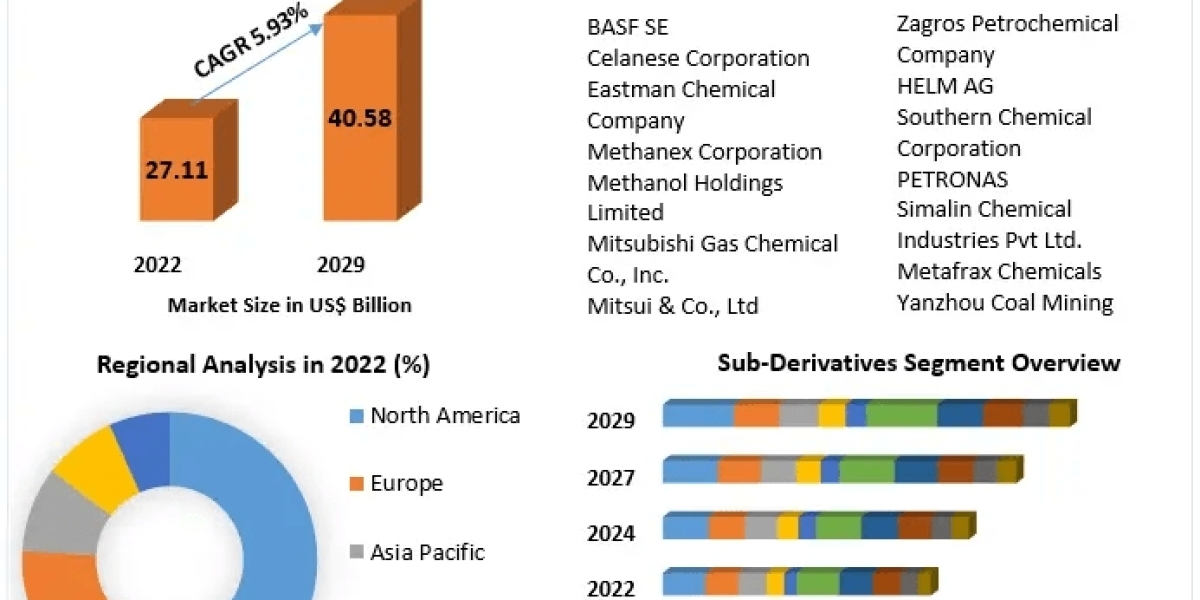Being an open-source ecosystem, Hugging Face is a treasure chest for companies looking to use AI to innovate and improve efficiency and operations. As companies look forward to leveraging these models for commercial usage, there's the need to know about AI model licensing.
This paper will guide you through the problem-solving process while trying to cut through the intricacies of AI model licensing on Hugging Face-so that you make informed decisions for your business within the realm of the law and good faith AI adoption.
The Problem: Machine Learning Model Licensing in Commercial Use
Although Hugging Face hosts access to most the pre-trained models, most are accompanied by license agreements that define how to use them. So, this leaves the question of how businesses should use these models correctly for commercial purposes without falling into the legal pitfalls that many find themselves in. Be it developing a new AI-powered product, incorporating a model into an existing application, or modifying a model to fulfill certain use cases, you need to be aware of the licensing terms accompanying Hugging Face models.
Failure to meet such licenses comes with legal severe repercussions up to intellectual property violation, which may lead to expensive lawsuits, thus explaining why understanding the licensing landscape is important for a business to successfully leverage Hugging Face models in the commercial space.
Know the licensing landscape of Hugging Face
Hugging Face mostly offers models under open-source licenses that establish varying freedom and restrictions. Such licenses regulate everything, from commercial use and changes of models to redistribution and attribution. Some of the most popular ones on Hugging Face are:
Apache 2.0 License: This is a permissive license that allows commercial use, modification, and distribution of models. The license requires attribution of the original creators and forces the user to document any changes done to the model.
MIT License: Pretty much permissive, a very easy one. Licenses granted using the MIT license allow for nearly unrestricted use, taking care only to preserve the original copyright and license notices.
GPL (General Public License): Much more restrictive, in particular when used in a business context. GPL licenses actually force any derived works to also be available under the same license; this actually does pose some sort of limit to businesses looking for proprietary solutions.
Solving the Problem: How to Comply and Potentially Optimize Value Generation with Hugging Face Models
Businesses must proceed through the steps in the licensing agreement to integrate Hugging Face models successfully into commercial applications. You should follow the following procedure for this process:
Carefully Read the License Terms
Every model on Hugging Face comes with a detailed description of its license, usually found in the repository’s README.md file. Carefully read through this file to understand the scope of the license—whether it permits commercial use, modification, and redistribution, or whether there are any restrictions. If the model is licensed under a more restrictive license (like GPL), assess if this aligns with your business goals.
Consult with Legal Counsel
Where you are unsure, it's best to seek consultation with an open-source licensing legal expert. They can explain how the legal jargon fits your particular use case. Legal counsel will also advise on how to properly credit the original authors, document any changes you may make to the model, and ensure commercial deployment is safe under license terms.
Choose Your Best Model for Your Needs
Not all models are suitable for all purposes. Ensure that the model you choose fits not just your technical needs but also the license accompanying it meets your business's commercial needs. For example, a model having an Apache 2.0 license is generally okay for commercial use, but one with a GPL license might make you share your code, which might not go well with your business model.
Properly Document and Attribute
Most open-source licenses require you to attribute the original creators of the model. Make sure to follow the guidelines on how to give proper credit. For example, you might mention where you obtained this model in your product's documentation and document the modifications you've made.
Plan for Scalability and Maintenance
Of course, adding a Hugging Face model to your commercial product is just the beginning. You're now thinking about how you are going to scale and support it over time. Some models will need to be retrained or fine-tuned, so make sure that you have resources for that consistent with the limits of the licensing agreement.
Real-World Example: How Businesses Are Leaning on Hugging Face Models
Several companies have managed to successfully integrate the Hugging Face models into commercial products by wading through terms of licenses carefully:
Healthcare: A medical research institute used a Hugging Face model licensed under Apache 2.0 for patient data analysis in order to predict various medical conditions more effectively. Consequently, this meant they were able to offer more specific care within the terms applied for commercial use.
Financial Services: A fintech firm implemented a Hugging Face NLP model, which created an intelligent chatbot for support services. Through the use of an MIT-licensed model, the company could accommodate the flexibility to modify and scale without facing the restriction of commercial approaches. As a result, it was able to create more tailored customer engagement and reduce operational costs for itself.
Retail: A large retailer used the CreativeML OpenRAIL license Hugging Face model to power personalized shopping experiences based on customer data. Commercial terms of that model provided the company with a compliance and means to provide its customers with the most tailored recommendations while respecting the rights of creators on their intellectual properties .
Conclusion:
For businesses looking to tap into Hugging Face's powerful AI models, licensing agreements represent more than simply a legal formality; they are the basis for responsible and sustainable AI adoption. Reviewing terms carefully, speaking with legal experts, and making informed choices can avoid legal pitfalls while maximizing the possibilities of driving efficiency, growth, and innovation using AI.
For more details on Hugging Face models and licensing terms, check out Hugging Face and see how these deep AI models can really help transform business operations.









